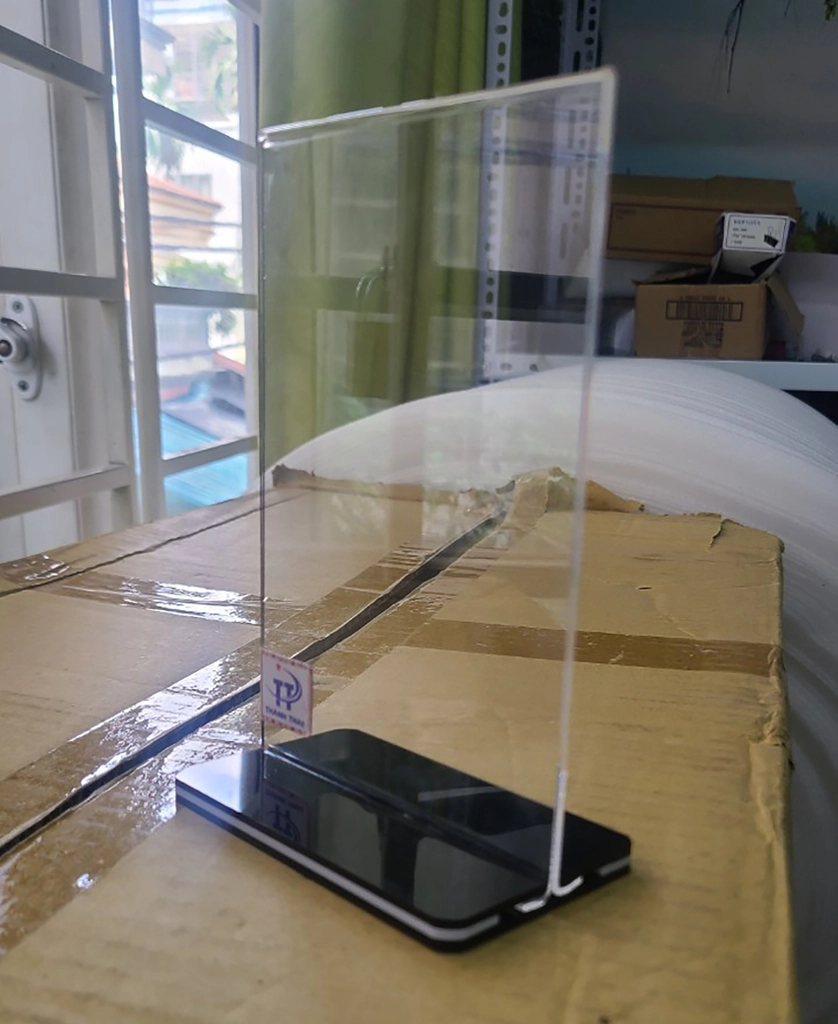Mica engraving is a process of marking surfaces made of metal with a design. The design can be traced on paper (removable with Acetone) or a photograph, or transferred using chemicals.
The items that engravers choose for inscription by their shape, period styling, value and materials. They also take into consideration how the item will be utilized.
Traditional Mica Engraving
Traditional mica engraving involves etching composition directly on the surface of a plate, which is usually copper or zinc. A burin is utilized by an engraver for cutting the surface of a plate. The image is then etched onto the plate, and then the mica ground is used to cover the lines. The etched plate is passed through a press, using the help of a damp sheet which causes the inked lines to transfer from the plate to the paper.
Engravers use a variety of tools to create grooves, such as jeweler’s knifes with different shaped tips. A vise is utilized to secure the item they are working on. This prevents the object from being displaced through pressure. To ensure accuracy an experienced engraver operates with a steady eye-hand coordination.
Mica, a mineral which is found in nature has many uses. The durability and beauty of mica makes it a great choice for countertops, flooring and various other surfaces. It’s also a more affordable alternative to natural materials like wood or stone.

Mica is tinted in a variety of colors to create sparkling effects for art and crafts. It’s also a popular component in DIY gilding products. The waxes are used to accent ornate moldings or carvings, and also provide a metallic shine to your home decor. Mica can also be added to candles, soap, and epoxy resin to give a distinctive color.
Modern Mica Engraving Techniques
Engraving is the process of using hand-held tools to etch delicate patterns onto a surface. This is a highly precise procedure that requires a lot of experience to create stunning results. Nowadays, it is often combined with digital technologies to enhance productivity and accuracy. Engraving is used to decorate metal pieces or create printing plates that are then subsequently transferred onto paper to create images.
The first step of the engraved printmaking process is to prepare the metal plate. The ink is applied to the plate surface once the lines are created. Ink is then meticulously removed, leaving the ink only in the engraved lines. This step is essential to make sure that the image printed accurately reflects the intricate detail and tone variations etched on the plate.
Today, many printmakers employ metallic printing inks to get the look of mica. The inks that can be washed with water contain mica pigments and other colours including silver and gold, for a metallic look of Khac laser inox ha noi. Schmincke Aqua Linoprint, for example, contains mica pigments coated in gum arabic. The silver ink prints as a handsome pewter tone and a double layer of this colour enhances its reflection.
Laser Engraving Mica
Laser engraving utilizes high-intensity laser light to make highlights on a variety of substances. The process is generally done on metal parts to make a durable identification however, Xometry also makes use of it to create aesthetic and artistic products such as commemorative or congratulatory articles.
To imprint on a surface, the design is first converted into a format that can be read by the laser cutter’s CAM (computer-aided manufacturing) software. The laser’s vector path is then determined by converting the image into a series of steps in this program. The speed, power as well as the number of passes will be determined based on the material and the desired mark pattern.
Mica is a great candidate for laser marking because of its outstanding characteristics as an electrical dielectric and insulator material. In addition, it has high tensile strength and flexibility. This makes it suitable for production of medical devices because it is able to withstand sterilization processes such as passivation and centrifugation.
While traditional methods such as embossing and etching are often used in medical equipment, they require the use of chemicals which can result in stress on components or even degrade them in time. Laser marking offers a safe, noncontact method that’s easy to control and creates consistently high-quality marks. These marks are also corrosion-resistant and can withstand repeated autoclaving.
CNC Mica Engraving
Mica is a precious natural substance that has for a long time been revered for its sparkling beauty and stunning hues. To bring this aesthetic quality to modern design and craftsmanship it was necessary to develop a method that made use of the power of digital precision. The answer is CNC mica engraving, a technique that combines the best of both worlds to produce truly magnificent works.
Hand engraving has always been one of the most labor-intensive methods available. Utilizing small tools for engraving, a master artist would carefully push through the surface of the material, creating intricate patterns and designs that are hard to duplicate with machines. But, this kind of engraving can be very taxing for the human body, and can only be done for short periods of time.
Another common method of engraving is laser. The process employs a laser to trace over the material and then burn lines on the surface. The results are contrasted and give the material an etched look. Laser engraving is more efficient than raster-cutting, however it can’t produce the same amount of detail as a raster.
To get the most out of your laser, you need to be aware of a few presets for different types of materials and thicknesses. These presets can be saved in your CAM software to ensure that each project runs smoothly. Just remember to always wear your safety glasses when operating an a Class 4 laser!
